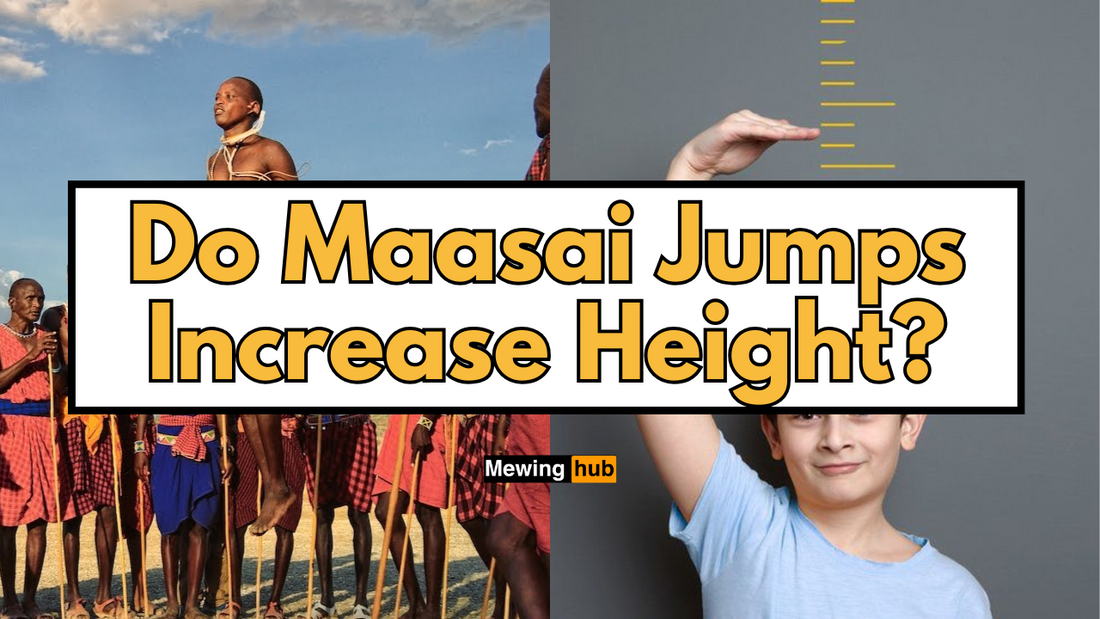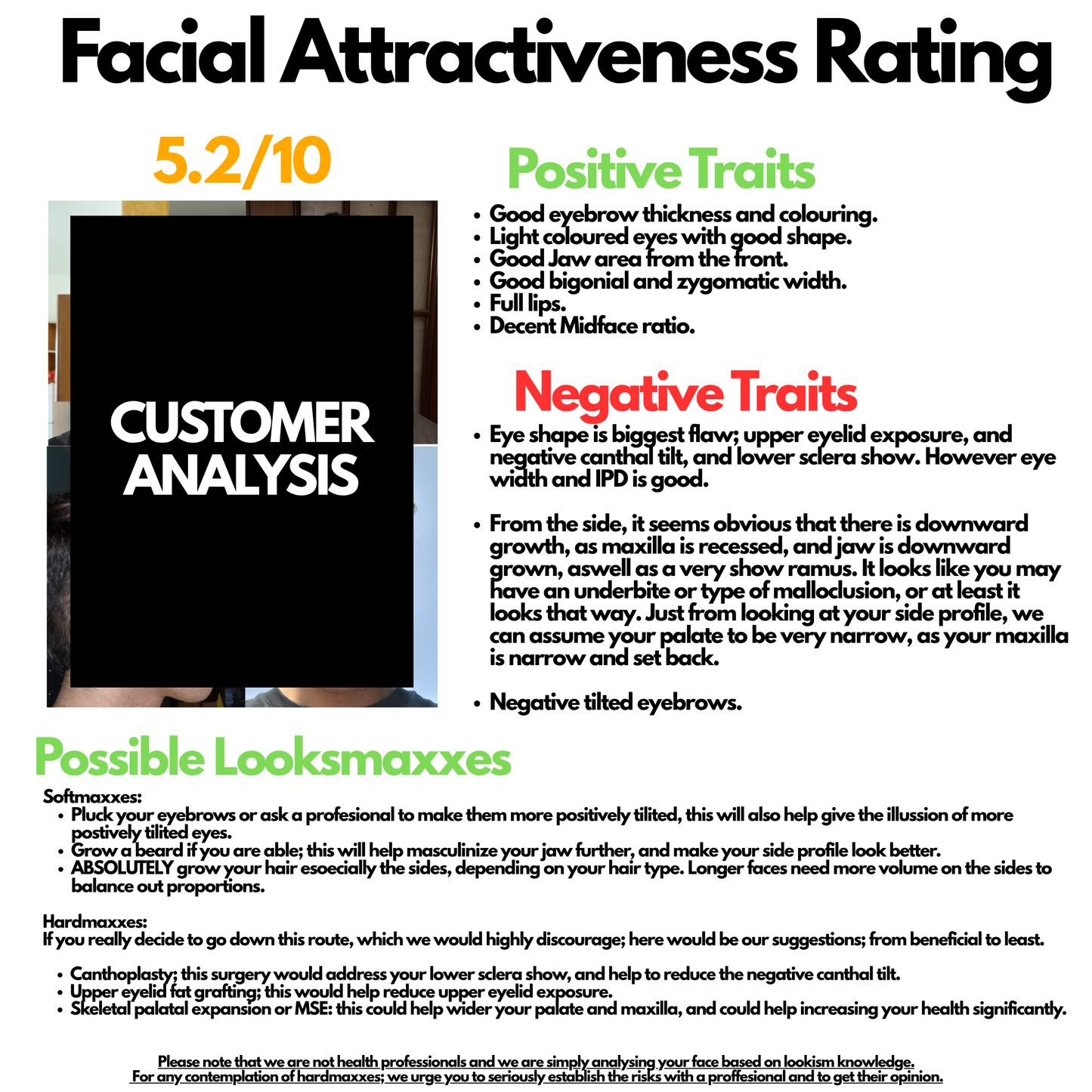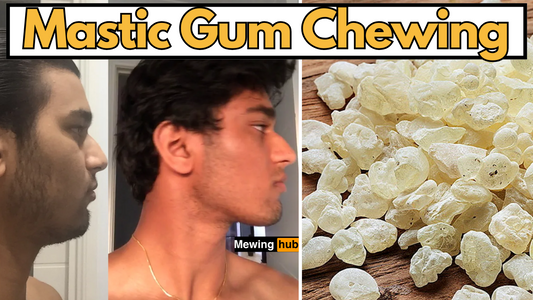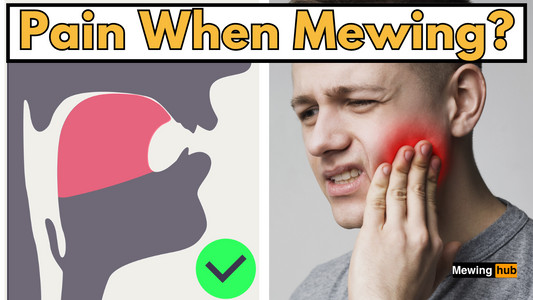Do Maasai Jumps Increase Height? Exploring the Potential of Traditional Exercises

Share
In the world of natural height enhancement techniques, Maasai jumps have gained attention as a potential method to increase stature.
But do these traditional African exercises actually work? This article explores the claims, science, and potential benefits of Maasai jumps for height growth.
What Are Maasai Jumps?

Maasai jumps, also known as Adumu or the Maasai warrior dance, are a traditional exercise practiced by the Maasai people of East Africa.
This high-intensity jumping routine involves repeatedly leaping straight up from a standing position, often performed as part of cultural ceremonies.
The Height Increase Claim
Proponents of Maasai jumps for height growth argue that:
-
The repeated impact stimulates bone growth in the legs
-
The stretching motion elongates the spine
-
The exercise increases human growth hormone (HGH) production
But is there scientific evidence to support these claims?
Scientific Perspective on Maasai Jumps and Height
While research specifically on Maasai jumps is limited, we can examine the potential effects based on similar exercises:
-
Impact on Bone Density: High-impact exercises like jumping can increase bone density, but this doesn't necessarily translate to increased height in adults.
-
Spinal Decompression: The stretching involved may temporarily decompress the spine, potentially adding a small amount of height immediately after exercise.
-
Growth Hormone Production: Intense exercise can boost HGH levels, but the effect on height in adults is minimal to non-existent once growth plates have closed.
A Closer Look at Bone Growth and Impact

The theory behind Maasai jumps increasing height is rooted in the idea that high-impact exercises stimulate bone growth. However, it's crucial to differentiate between bone density and bone length.
-
Bone Density: High-impact exercises like jumping do indeed increase bone mineral density, making bones stronger and more resistant to fractures. This is particularly beneficial for preventing osteoporosis later in life.
-
Bone Length: Increasing bone length, on the other hand, is a different story. In humans, bone growth primarily occurs at growth plates (epiphyseal plates) located near the ends of long bones. These growth plates are active during childhood and adolescence, allowing bones to lengthen. However, once these growth plates close (typically in the late teens to early twenties), bones can no longer increase in length through exercise.
Potential Benefits of Maasai Jumps
While Maasai jumps may not significantly increase height in adults, they offer other benefits:
-
Improved cardiovascular fitness
-
Increased leg strength and power
-
Enhanced coordination and balance
-
Potential for slight posture improvement
Can Maasai Jumps Increase Height in Adolescents?
For teenagers still growing, high-impact exercises like Maasai jumps might contribute to optimal bone development. However, genetics and nutrition play much larger roles in determining final adult height.
Alternative Height-Boosting Strategies
If you're looking to maximize your height potential, consider these evidence-based approaches:
-
Ensure proper nutrition during growth years
-
Get adequate sleep to support natural growth processes
-
Maintain good posture to appear taller
-
Stay physically active with a variety of exercises
Conclusion: The Verdict on Maasai Jumps for Height
While Maasai jumps are an excellent form of exercise with numerous health benefits, there's limited evidence to support their effectiveness in significantly increasing height, especially in adults. For those still growing, they may contribute to overall bone health as part of a balanced exercise routine.
Remember, height is largely determined by genetics. Focus on overall health and well-being rather than trying to dramatically alter your stature through exercises alone.








